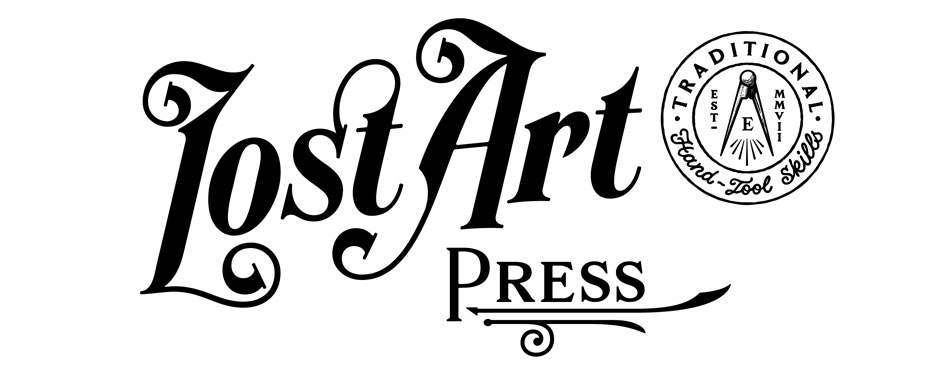
The following is excerpted from Peter Galbert’s “Chairmaker’s Notebook.”
Whether you are an aspiring professional chairmaker, an experienced green woodworker or a home woodworker curious about the craft, “Chairmaker’s Notebook” is an in-depth guide to building your first Windsor chair or an even-better 30th one. Using more than 500 hand-drawn illustrations, Peter Galbert walks you through the entire process, from selecting wood at the log yard, to the chairs’ robust joinery, to applying a hand-burnished finish.
And if you’ve never thought about building a chair, this book might convince you to try. Building a chair will open your eyes to ways of working wood that you might miss if you stay in the rectilinear world of boxes.
When you look at a pile of muddy logs it might be tough to know what is what. Beyond the species, there are a number of characteristics to look for in a log. These traits are usually a reflection of the life of the tree before it was cut. The best trees grow in the middle of a forest where they compete for light by shooting straight up to the canopy without expending energy by growing low branches. The protection of the surrounding trees also keeps the wind at bay. Trees that grow at the edge of the woods or in fields have no incentive to grow this way and tend to branch low and twist about – not to mention the likelihood of finding metal embedded from an old hammock bolt.
For the best return on your labor, only the straightest, clearest wood should come into the shop. I am quick to relegate inferior wood to the burn pile. Struggling with sub-par wood will quickly color your experience. The only wood in the tree suitable for chair parts is in the straight, limbless portion of the trunk, generally, the first 10′-14′. In some cases, a second cut above it may be suitable, but it might also harbor a few more surprises.
As a young tree struggles to reach the canopy, it will have some waviness to it. I call this the “reckless youth” stage, and just like with people, it’s usually best to avoid it or forget it. Once the tree reaches the canopy, it begins to add on layers that build mass and smooth the early growth into a more even shape on the outside of the tree. When you split the tree, you’ll see the transition from gnarly to smooth and note where the serviceable wood starts. Depending on how old the tree is when it’s cut and the growing conditions that it experienced, it can get to the point where no blemishes are visible from the outside. I like to choose logs with a diameter at the top of 16″-24″, rather than more massive trees. I have found that a violent “reckless youth” or other issues can be concealed beneath the larger mass. (Plus, larger logs are more difficult to split and transport.) Some species are more “honest” about their early years, such as red oak, whereas I’ve found white oak to be downright deceptive. Luckily, the medium-diameter trees that I prefer usually don’t have the time to cover major flaws completely. Also, by choosing high-quality, smaller logs, I don’t run into the troubles of long-term storage.
Besides obvious curves in the log, there are other details to look for. “Reaction wood” forms when the tree grows under stress, such as on a hillside. When you split this wood and release the tension, a lifetime of stress will express itself in warping and perhaps cracking. An off-center pith and uneven growth rings are signs of reaction wood and should be avoided.
I also avoid logs that have a considerable taper along their length. Of course, the top of any log will usually be smaller than the base, but a large flare makes the log tough to work because the layers get thicker at one end. This means that you can’t follow the fibers and thickness the piece to a consistent measurement.
If the flare is just at the bottom and the rest of the log is more uniform, I simply cut off the bottom few feet and send it to the burn pile, rather than trying to split it.

One of the more insidious defects in a tree is a twist, and I say this because it isn’t always apparent. While a knot or defect in a log can be cut out or worked around, twist will run the length of a log, and you’ll fight it with each and every piece. To spot a twist in a log usually requires “sighting” down the length of one end, as though the log were a rifle barrel. It usually isn’t any one line in the bark, but a general appearance of the pattern creeping around the tree.
A slight twist is expected, but note it as a possible deal-breaker. Learning to work twisted parts into usable chair parts is tricky. So given a choice, stay away from logs with a distinct twist.
A crack down the center of a log is normal, and it can sometimes help you spot a twist. If the crack is vertical on one end of the log and horizontal on the other, be wary and inspect the bark further. When the bark is removed, you will see the twist in the fibers when sighting from the end.
Hopefully, the folks you are working with will allow you to roll the log before committing to purchasing it. Often, you will spot problems that you can’t see from just one side or when the log is stacked.













